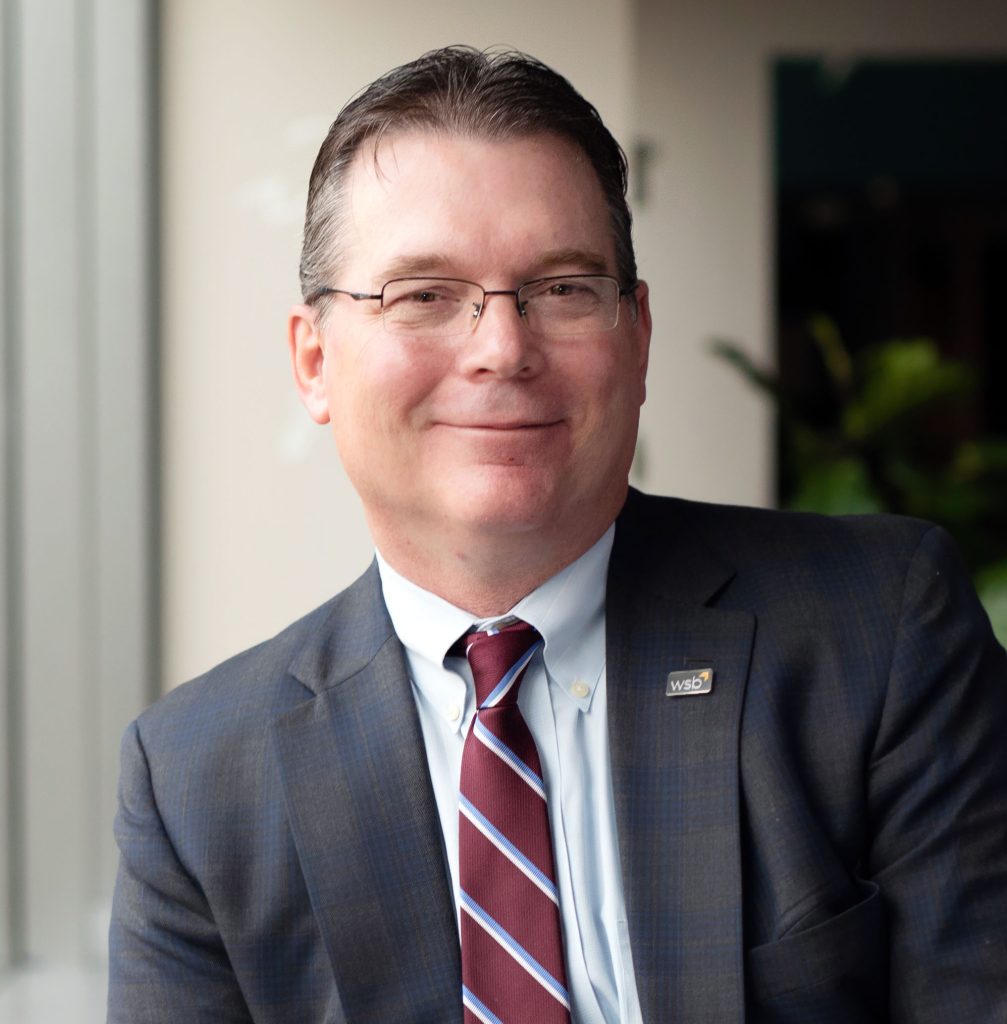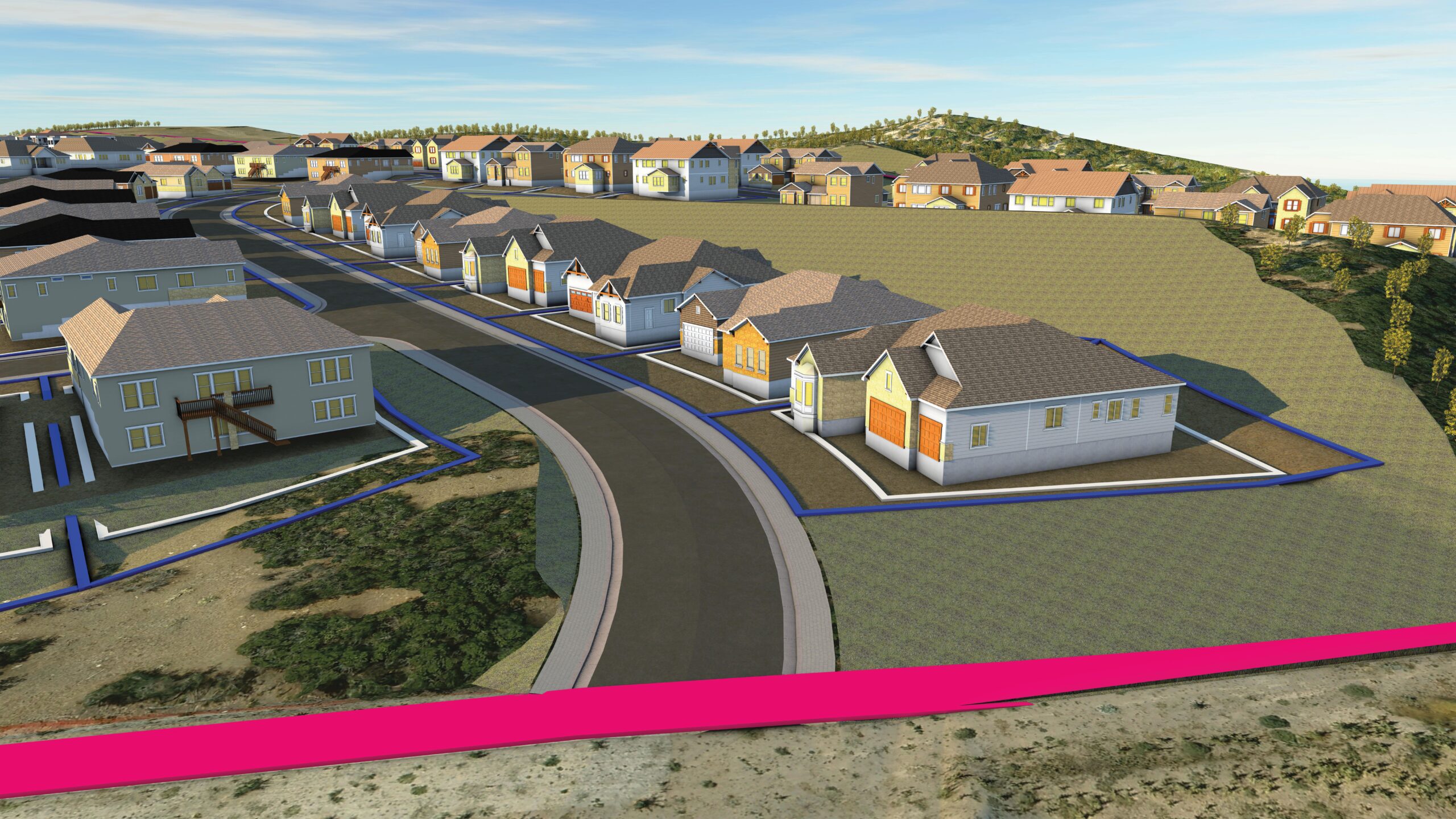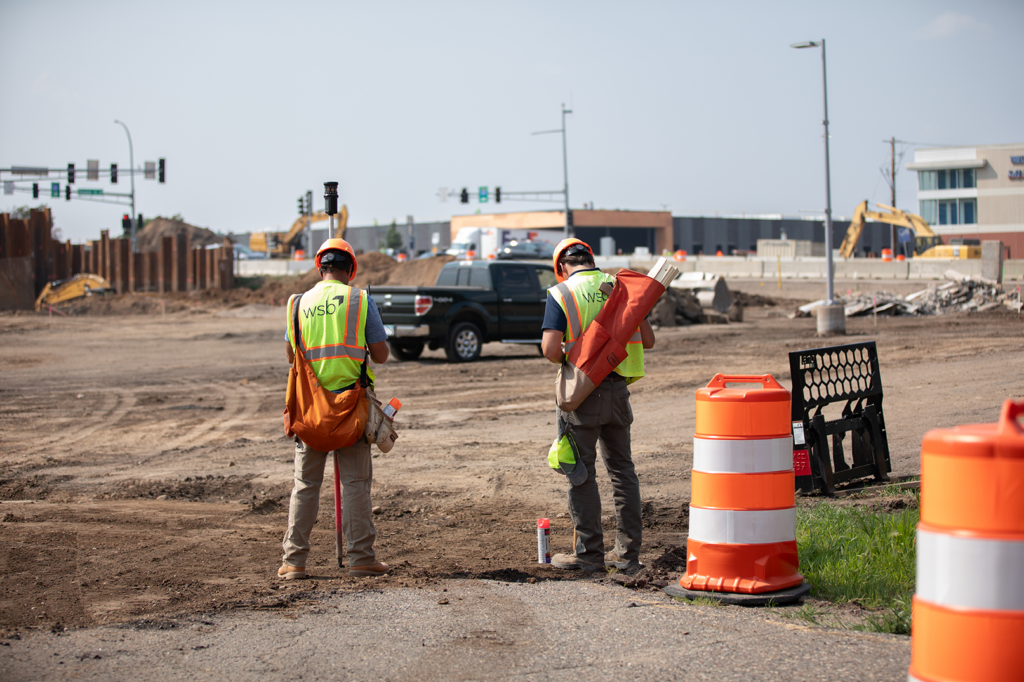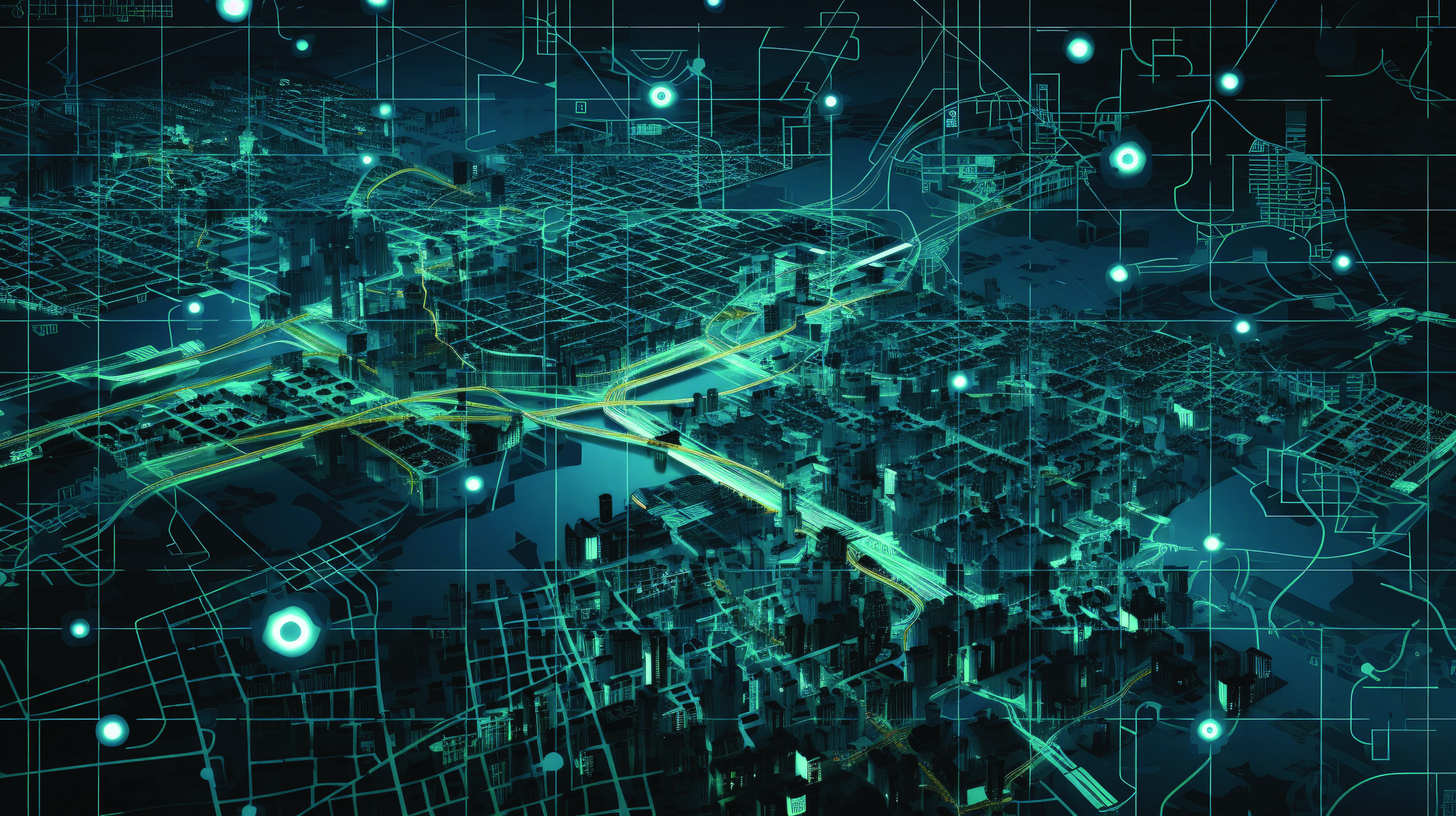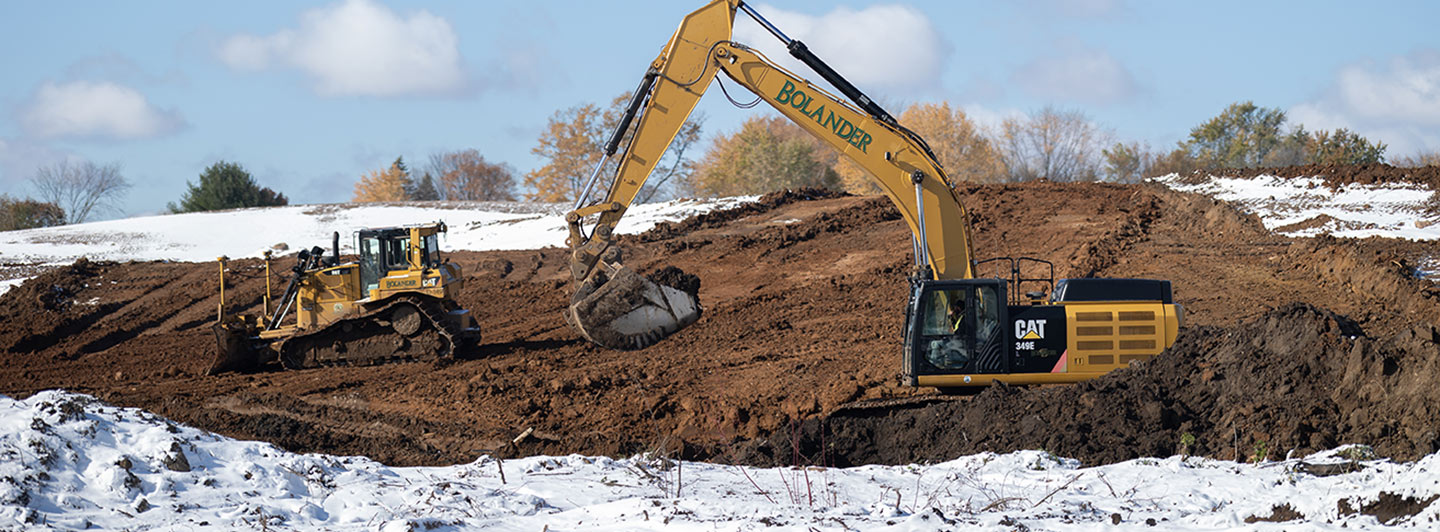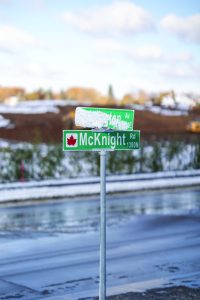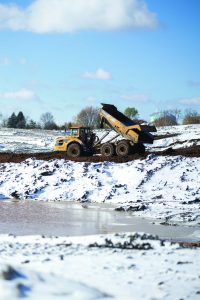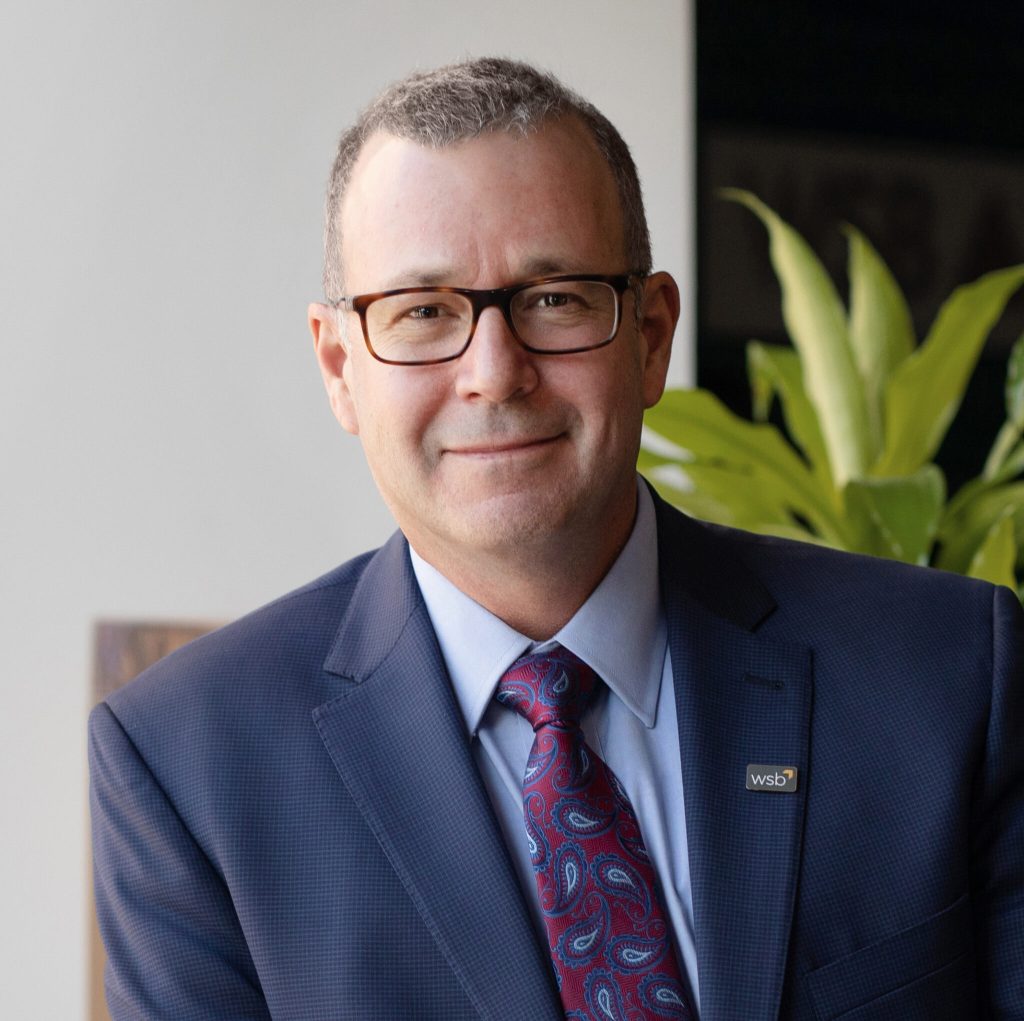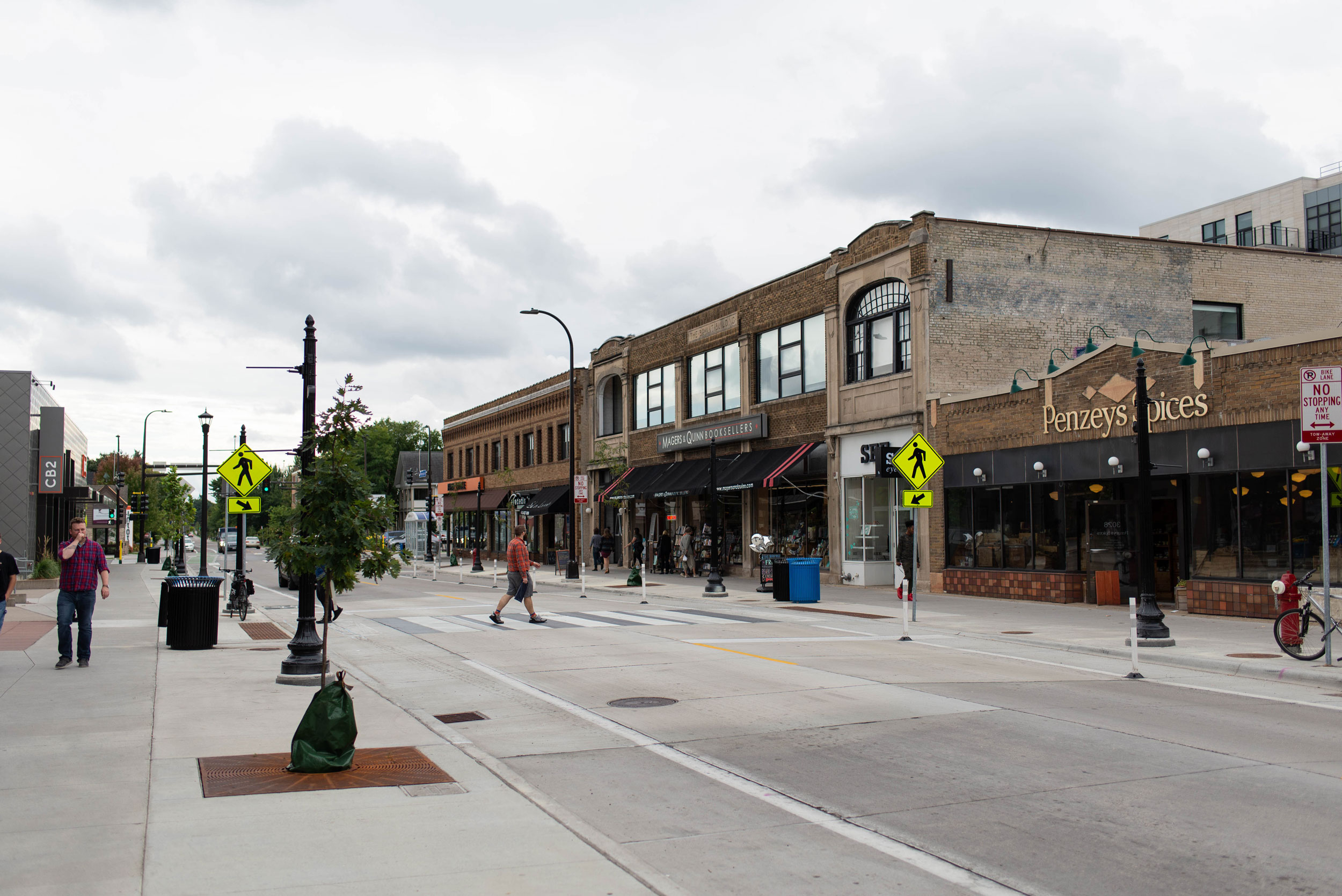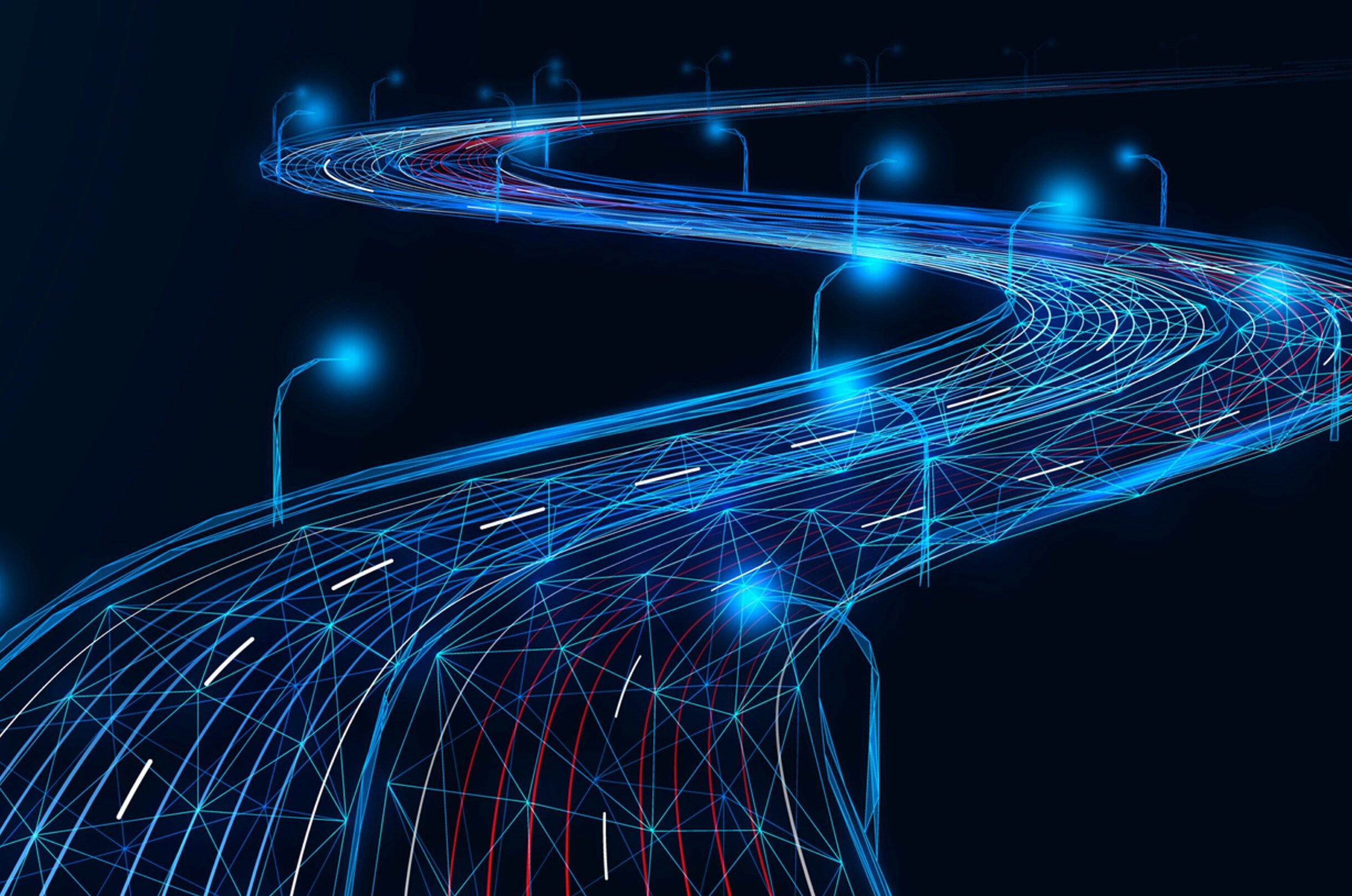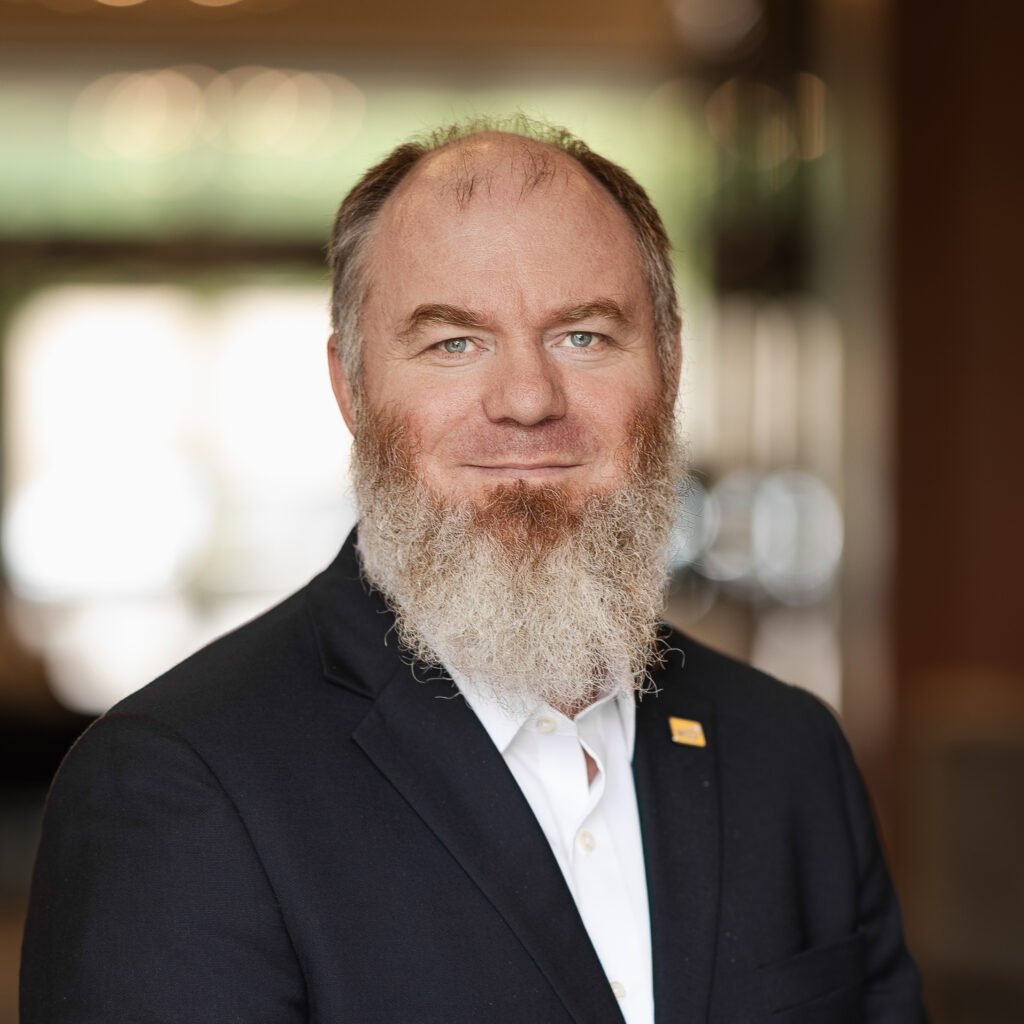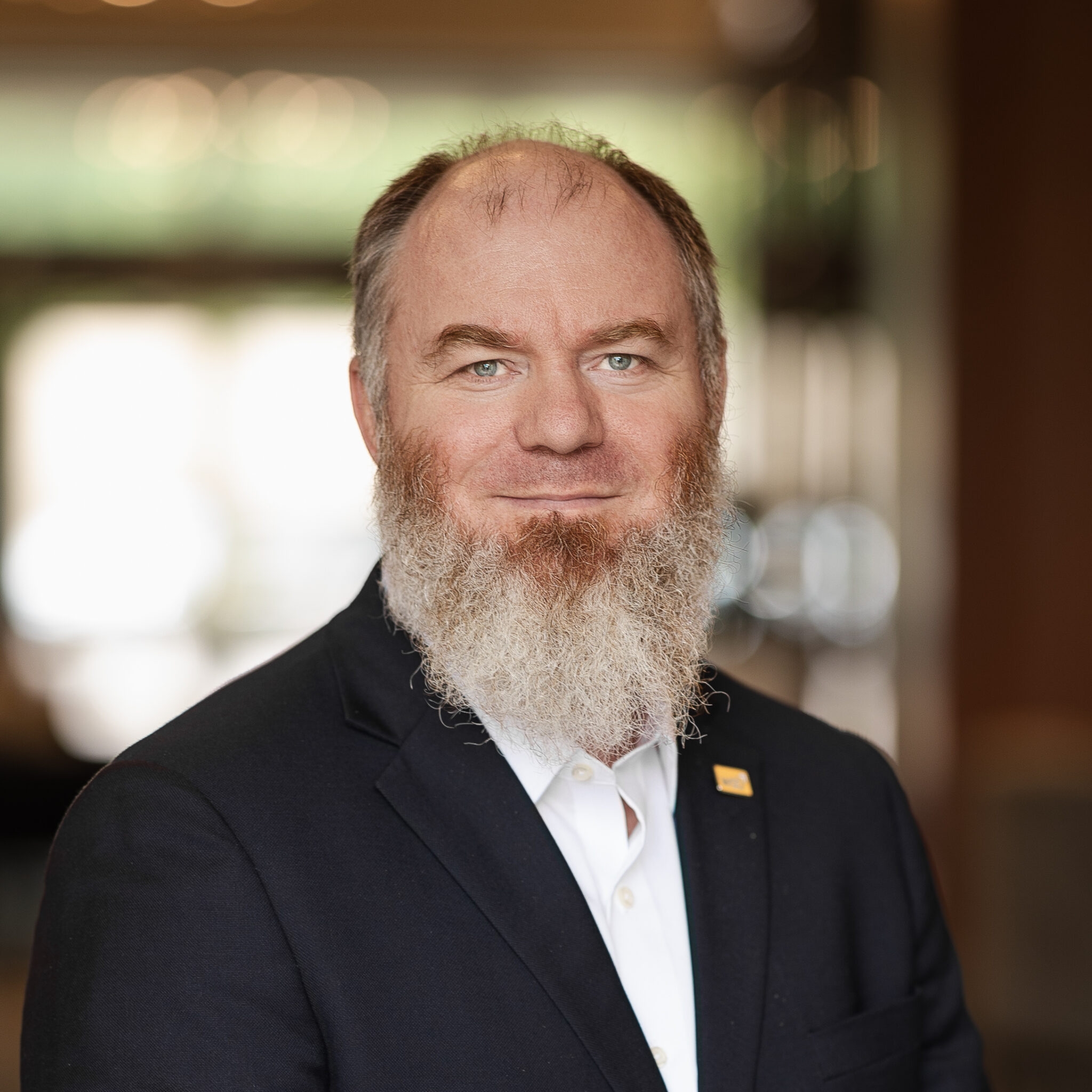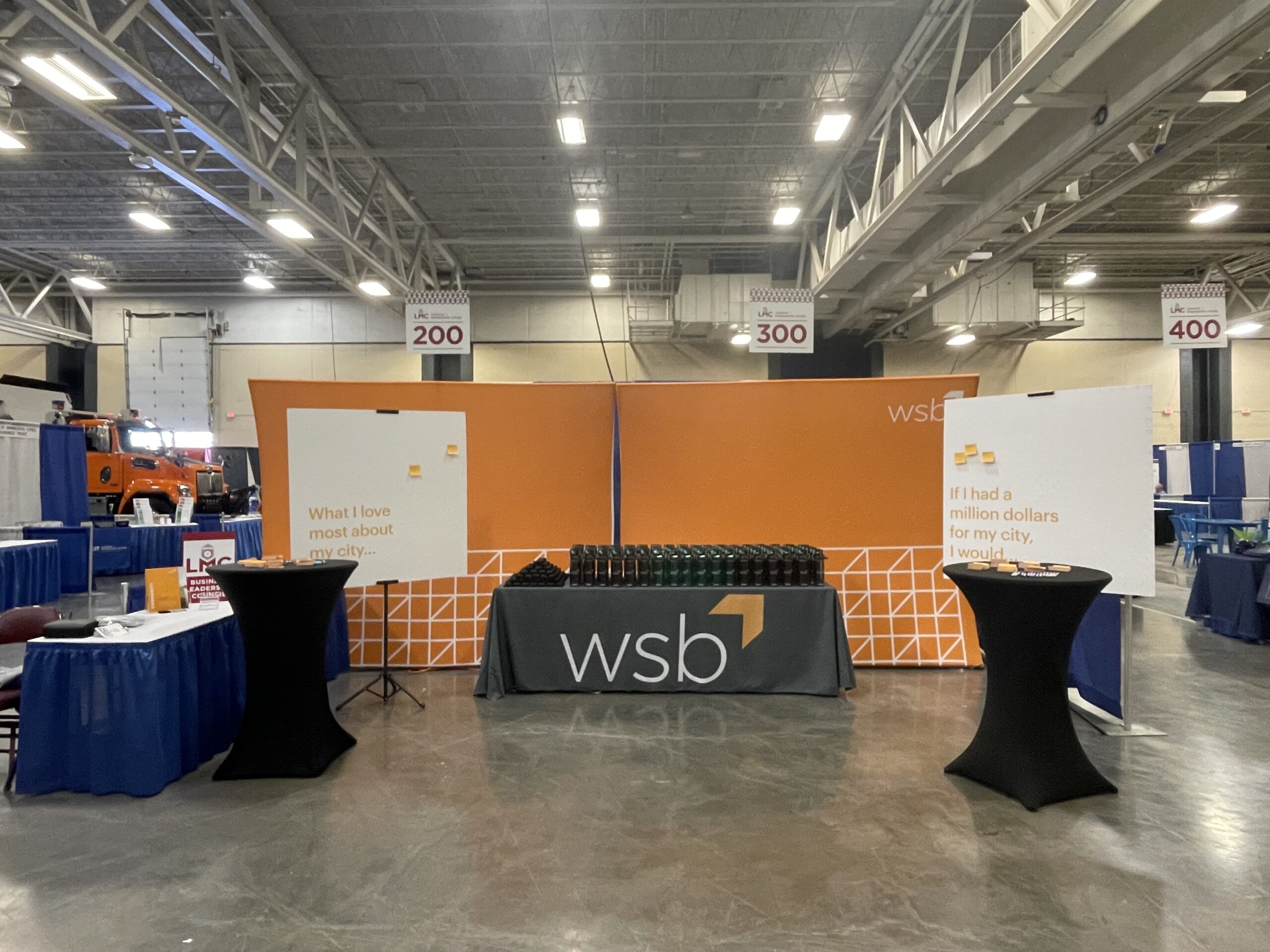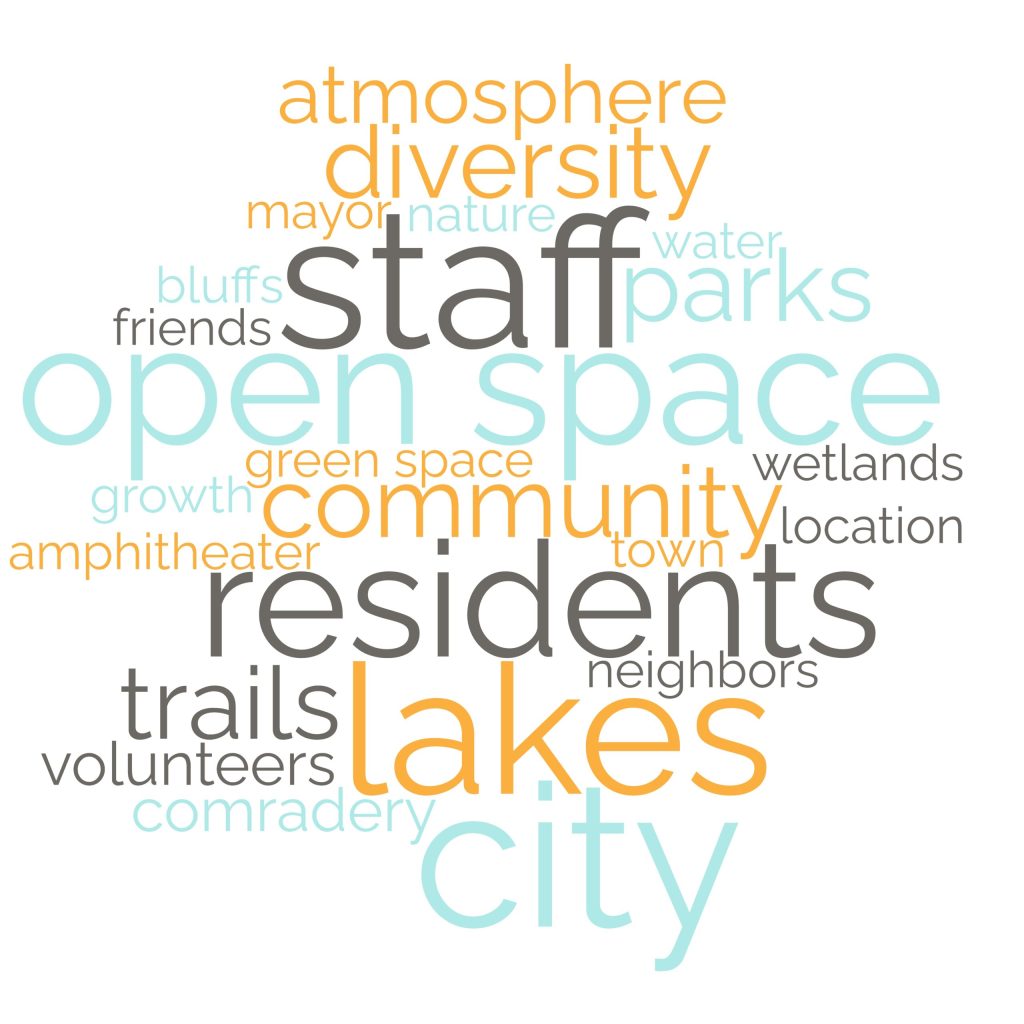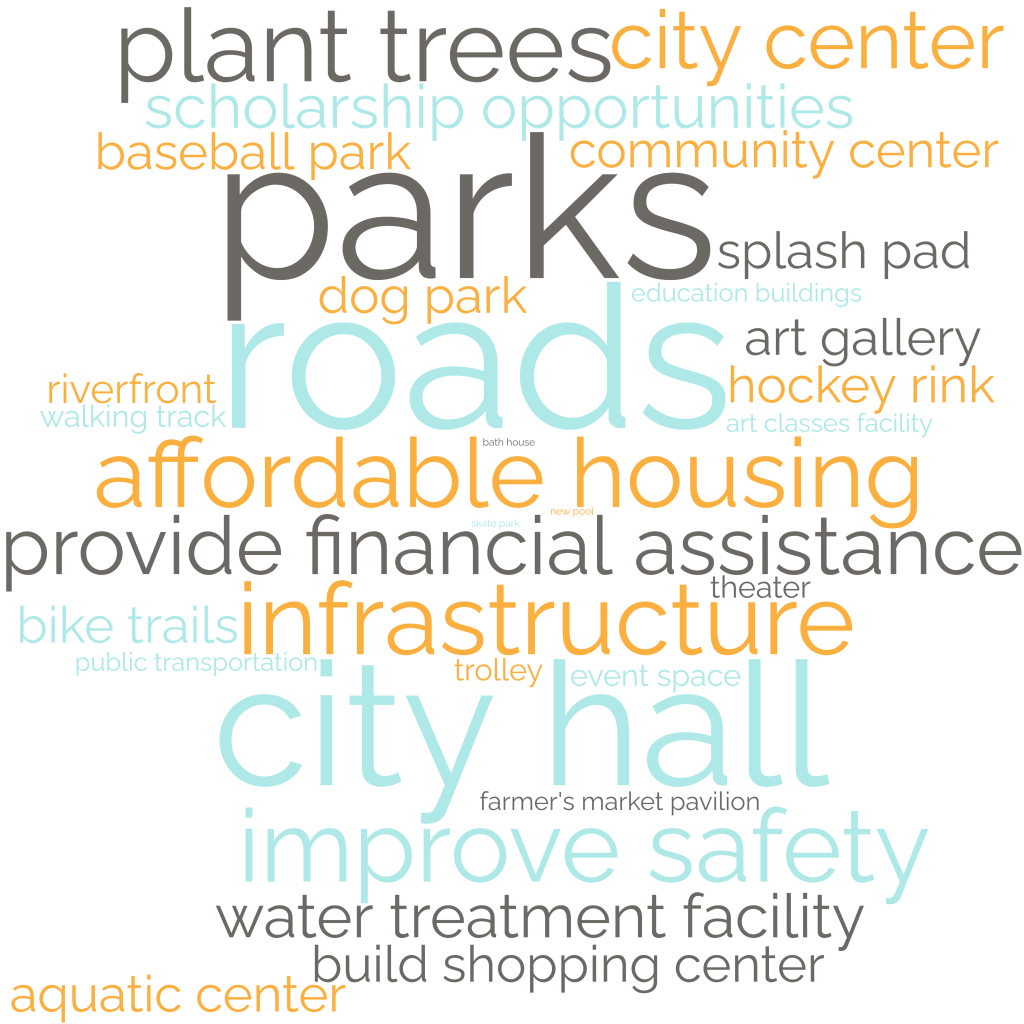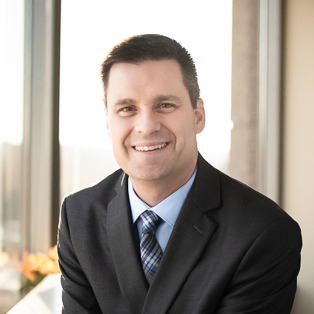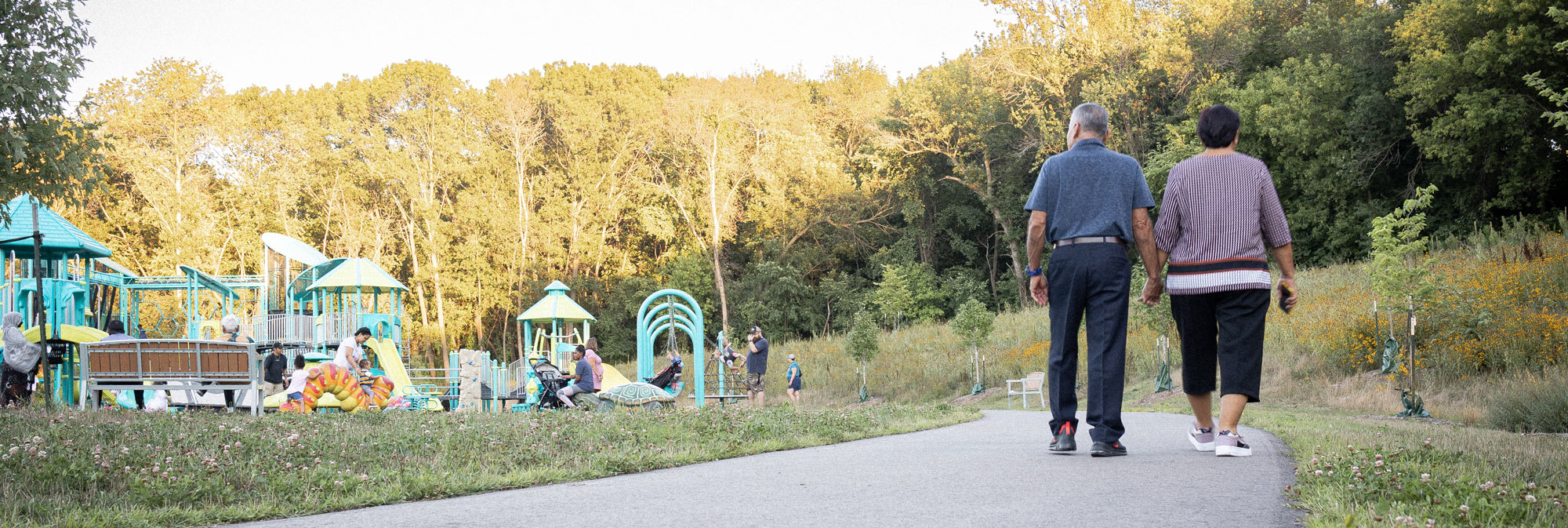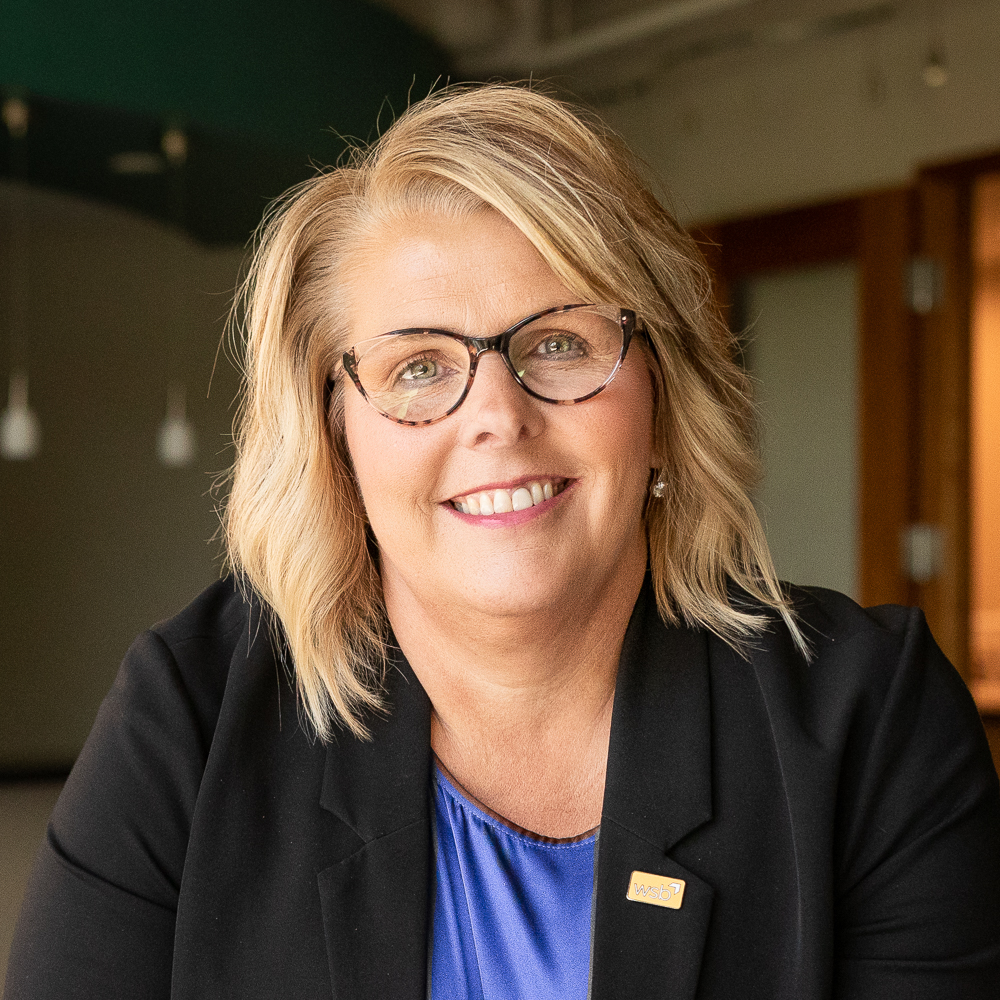December 18, 2023
By Brian Bourassa, Vice President of Corporate Development, WSB
At WSB, we build what’s next in infrastructure—the places, spaces and systems that support our lives. We take pride in supporting communities across the country on a wide variety of projects. With over 30 complementary services within engineering, community planning, environmental and construction, we support the commercial, government and energy markets. From city to state, land development to facilities, and energy utilities to renewable energy— we build for people and the future.
Energy
UTILITIES, SUMMIT UTILITIES
There is a lot of potential in the energy market, and we continue to lead the industry with advanced project delivery. In Arkansas, we perform utility work for Summit Utilities through inspection as well as utility mapping. Through this work, we have digitally mapped a large portion of new installations. Utility mapping is the future, and the safety and efficiency benefits are significant.
RENEWABLE ENERGY, SIGNAL ENERGY
Renewable energy is creating a more sustainable future. Across the country, we’re supporting utility scale solar fields and community solar gardens. Community solar gardens are constructed on smaller tracts of land within a specific geographic location and provide energy to individuals, businesses, nonprofits and other groups. A recent project we supported is Clearway Cokato in Minnesota. This 4-Megawatt community solar garden was distributed across 20 acres of land. We also provided infiltration trenches as stormwater management BMP’s.
Commercial
LAND DEVELOPMENT, CRYSTAL VALLEY RANCH DEVELOPMENT, CO
The Ridge is a 142-lot subdivision on 160 acres located within Crystal Valley outside of Denver, Colorado. This Crystal Valley Ranch property proved to be one of the most complex subdivisions ever completed by our land development team due to some challenging features. The project included steep grades, limited connection points, adjacent existing subdivision tie-ins, the creation of an entirely new pressure zone in the town’s water system and preservation of existing Gambel oak and view plane restrictions.
FACILITIES, KELLEN RESEARCH BUILDING AT MAYO CLINIC
We support many large facilities, including buildings on healthcare campuses. At the Kellen Research Building on the Mayo Clinic campus, we provided geotechnical inspections, vertical and civil special inspection services and GPR for the research building. Additionally, we provided land surveying, civil engineering and landscape architecture design.
CONSTRUCTION, UNIVERSITY OF MINNESOTA – DULUTH
Recently, we have partnered with the University of Minnesota-Duluth to improve campus infrastructure. A project of note was the replacement of the heating plant underground storage tanks along with new asphalt and concrete pavements and sidewalks. Another involved replacing severely worn entrance roads, sidewalks and parking lots and improving crosswalk safety for the Chester Park building. For each of these projects WSB provided materials testing and special inspection services.
Government
SAFETY IMPROVEMENTS, CITY OF BRAINERD, MN
We recently supported the city of Brainerd’s Oak Street Improvement Project in front of Harrison Elementary School, a roadway that warranted several improvements to improve safety of pedestrians and students crossing the busy corridor. The $500,000 project was fully funded by the Safe Routes to School grant program. The road was reconstructed with a median, Rectangular Rapid Flashing Beacons (RRFBs), and appropriate pedestrian signage to improve awareness and safety of pedestrians crossing the roadway.
CIVIL ENGINEERING, HAYS COUNTY, TX
WSB provided plans, specifications and estimates (PS&E) for RM 967 in Hays County. The $6.6 million project added several improvements such as widening lanes, adding a continuous left turn lane, additional lanes at intersections and safety shoulders to 4.4 miles of the minor arterial. Beyond this, many traffic and pedestrian signals were improved, reducing congestion-related delays. Several innovative design elements were involved in making this project successful including designing a portion of the project non-symmetrically and developing a new construction approach to avoid relocation efforts.
CIVIL ENGINEERING, NORTH DAKOTA DEPARTMENT OF TRANSPORTATION
We recently performed a grade raise on ND 14; a roadway of regional significance backed by Emergency Relief funding. The goal of the project was to improve safety, specifically to expand flood risk protection. WSB supports roadway projects with many services, but this project included construction inspection and contract administration.
TRIBAL SUPPORT, MANDAN HIDATSA AND ARIKARA (MHA) NATION
WSB is part of a multi-disciplinary team designing a new high school campus in Twin Buttes, North Dakota. The comprehensive project encompasses constructing a school building, a large sports stadium featuring artificial turf, a sports dome, and a residence hall. Our role in this endeavor extends to spearheading critical site components, including civil engineering, permitting, and landscape architectural services. This project holds immense significance due to its commitment to incorporating indigenous values into the curriculum and addressing a vital need within the community. The closest existing high school is over 40 miles away, making this initiative an essential step toward providing accessible education for the local population.
Brian is a registered professional engineer with over 30 years of experience in many types of municipal and general civil engineering projects including streets, parking lots, storm sewers and drainage, water distribution systems, sanitary sewer systems, site grading, park improvements, infrastructure reconstruction, and tribal communities. Brian’s experience includes all phases of the project including feasibility study, design documents. bidding process and construction administration.
[email protected] | 763.287.8536
